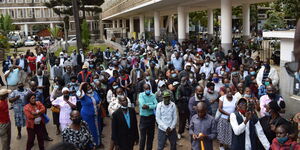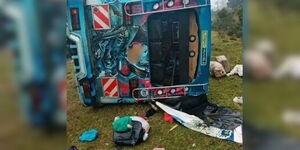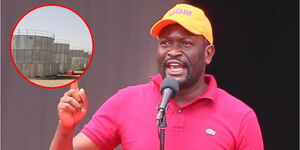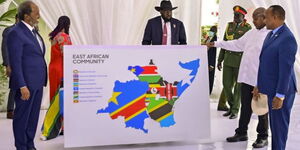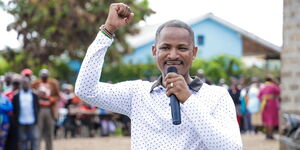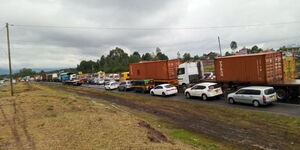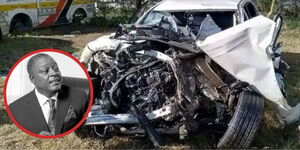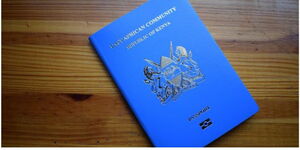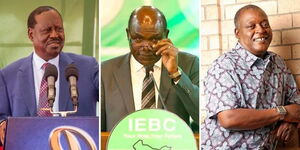Taxpayers are expected to foot a Ksh100 billion bill to facilitate the construction of 5 Bus Rapid Transit (BRT) system lanes in Nairobi.
The massive project requires expanding existing roads, installing supporting infrastructure and acquiring high-capacity buses.
The five proposed BRT lines in the capital city are:
1. Ndovu (Kangemi – Imara)
2. Simba (Bomas – Ruiru, includes Thika Superhighway)
3. Chui (Njiru - Show Ground)
4. Kifaru (Mama Lucy - T-Mall)
5. Nyati (Balozi – Imara)
According to the Nairobi BRT Labour Impact Assessment Research Report January 2019, commissioned by the International Transport Workers Federation (ITF), the Ksh100 billion government project would need at least 15 years to see out the project.
In April 2018, Transport CS James Macharia, explained that the project was approved as the BRT system would help greatly in easing Nairobi's traffic congestion.
However, he further pointed out that the project would most likely take much longer than the projected timelines as people had encroached into road reserves.
In April 2018, pink road markings appeared on the ‘Thika Superhighway’, designated as the BRT lanes.
According to CS Macharia, the express lanes would be used by high capacity buses carrying 80 passengers, travelling non-stop from outlying estates to the Central Business District (CBD).
The buses were to be operated by the National Youth Service (NYS).
In October 2018, President Kenyatta announced that at least two stages of BRT must be ready for him to ride by December 12, 2018, but this is yet to be achieved 2 years later.
On July 22, 2019, the government has withdrew from the planned Ksh1.64 billion purchase of high capacity buses for use in the BRT System.
This scared the local manufacturers, who had been assured that they would supply half of the vehicles.
An alternative plan was quickly drawn up that would see the private sector – through a consortium of public transport sector operators – purchase the buses and run them under regulations set by the Nairobi Metropolitan Area Transport Authority (NaMATA).
The government had rushed to procure buses long before the roads were ready and has now been forced back to the drawing board to demarcate Thika road afresh, build stations and footbridges at a cost of Ksh5.6 billion before rolling out the plan, which will involve 950 buses at full implementation.
Francis Gitau, the chief executive of NaMATA, in an interview, revealed that the buses would be equipped with Wi-Fi and coffee shops and that the passengers would use electronic cards to pay for the services.
“The aim is to introduce a reliable and efficient mass transit system that will attract even those using private vehicles,” Gitau explained.
The Kenya National Highways Authority (KeNHA) is overseeing the project .
It has since been revealed that the four footbridges under construction on Thika Road are designed as modules for ease of modifications to accommodate BRT services.

